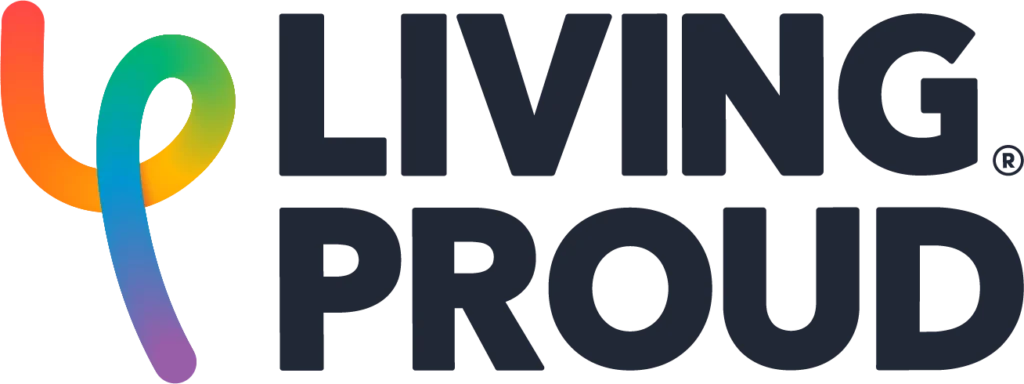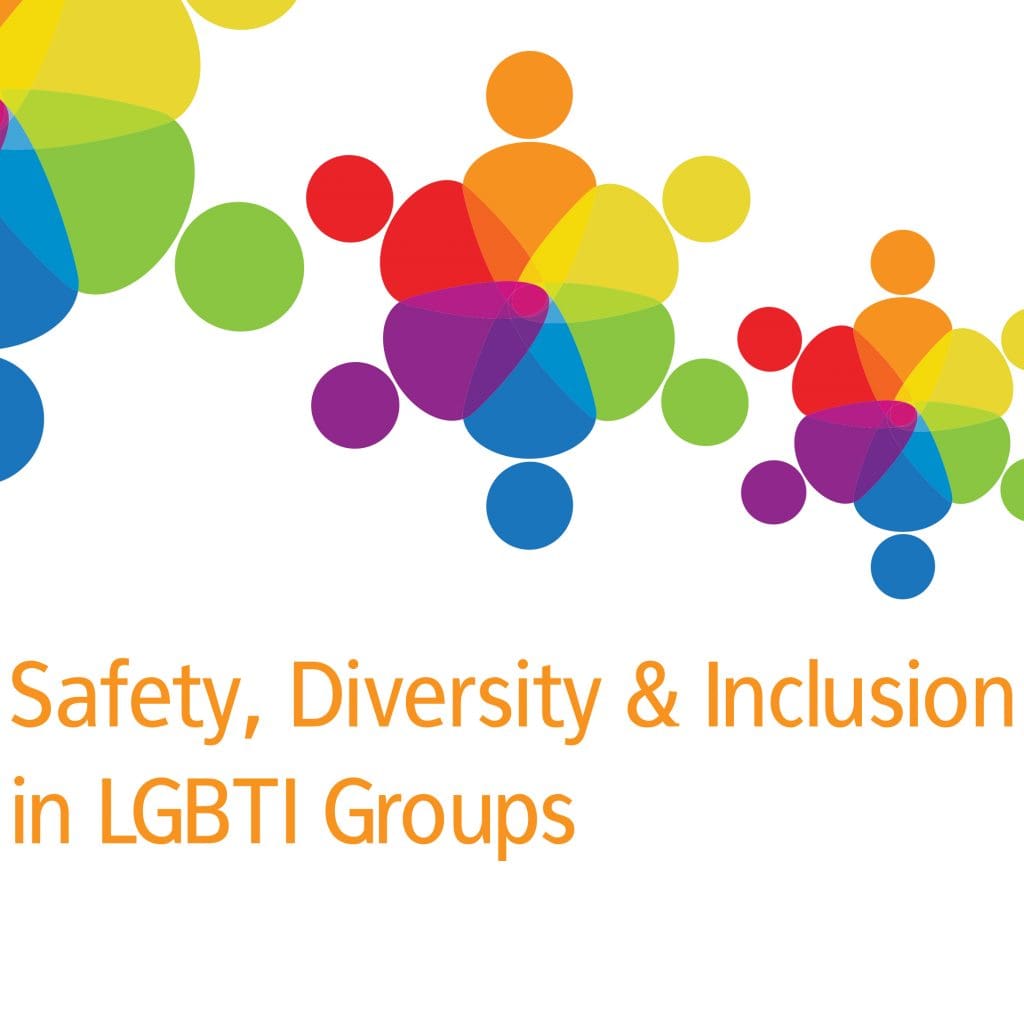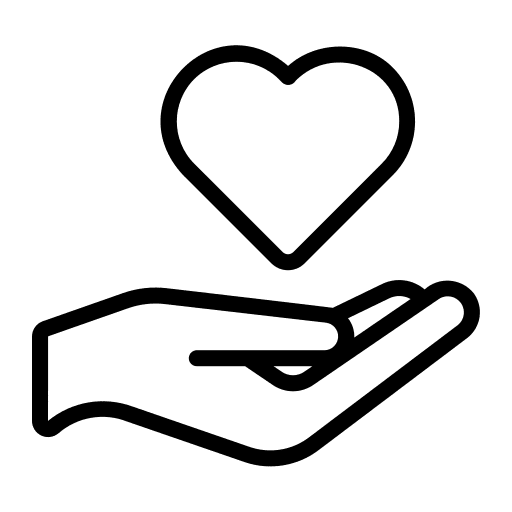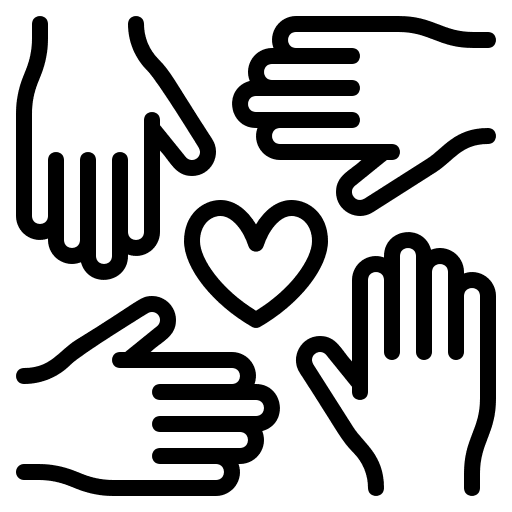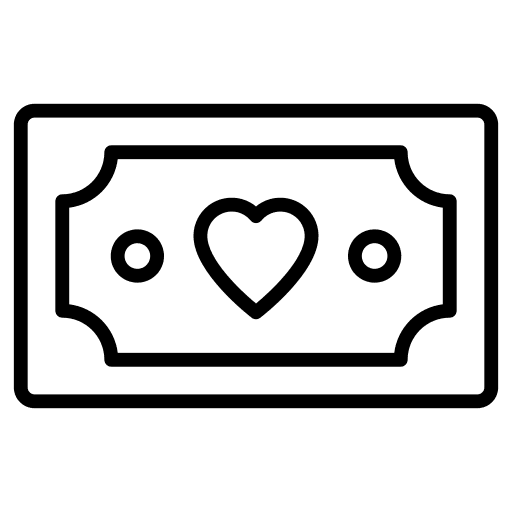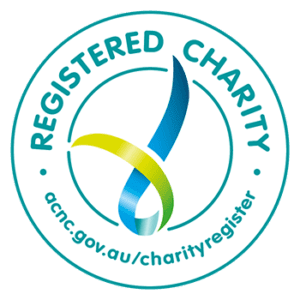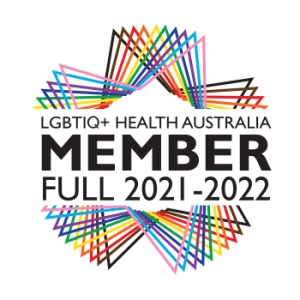Safety, Diversity & Inclusion in LGBTI Groups
Home / Projects / Safety, Diversity & Inclusion in LGBTI Groups
The Living Proud Project is a community capacity building initiative with the overall aim of preventing suicide among the LGBTI community conducted by Gay and Lesbian Community Services (Inc.) in 2012 and 2013. One element of the overall project, ‘The LGBTI Community Safe Space Scoping Project’ aimed to ascertain:
- How inclusive of diversity LGBTI community groups in WA are currently
- What challenges groups have experienced in addressing inclusion and what they have learnt in the process
- What changes LGBTI community groups consider are necessary for sustainability and how they could be implemented
- How Living Proud / Gay and Lesbian Community Services could assist in this process
The key findings were:
- Groups which had clearly embraced, encouraged and celebrated all forms of diversity within their group and had taken formal and informal action to promote this were vibrant, successful and, not surprisingly, had a diversity of members
- Many groups were lacking experience or confidence for embracing gender diversity
- Groups that had strong leadership and an enthusiastic committee which organised interesting and varied activities were more vibrant. This was further enhanced when clear roles and responsibilities were enunciated for committee members
- Groups which had formulated safe space guidelines or some other form of a code of conduct had higher levels of membership and overall participation. However the success of the group was further dependent upon whether the guidelines or code were enforced or not
- Groups without specific safe space guidelines but the culture within the group was inclusive were also successful, particularly when the leadership group dealt with inappropriate behaviour or conflict
- Many groups struggled with confronting poor behaviour of members, often waiting until it became abusive or destructive. However groups which acted proactively or quickly were generally more successful
- Groups which had access to a low cost, accessible and appropriate venues were more successful and sustainable
- Groups which used communication with in between groups activities had a bigger membership base than those which didn’t have ongoing communication with their members
- Groups which had a clear purpose tended to attract a membership with a wide age range
- There is an appetite for groups to get together, collaborate more and share resources and experiences
The key recommendations for Western Australian LGBTI groups are to:
- Adapt to the changing needs of the LGBTI community, particularly embrace all forms of diversity, otherwise they will struggle to retain members and will eventually fail
- Examine the areas where their group is not diverse, what action the group needed to take including the group reflecting on the group’s norms, values and attitudes and seek assistance and/or training in order to make necessary changes
- Strongly consider formulating safe space guidelines and ensure they are enforced consistently in order to optimise the success and sustainability of their group
- Collaborate with other LGBTI groups through sharing of stories and personal experiences of group members as well as sharing resources
The key recommendations for GLCS are to:
- Develop specific training regarding gender diversity to assist groups in becoming aware of and sensitive to the needs of trans* and intersex people
- Assist groups to become more inclusive through the development of a template of safe space guidelines as well as a complementary training package in order for groups to become more diverse
- Facilitate cross collaboration of groups including assisting groups to find appropriate venues, particularly those which cater for people with physical and sensory disabilities, and organise dates for events
- Facilitate discussion between groups with the purpose of encouraging greater community participation by younger members of the community
